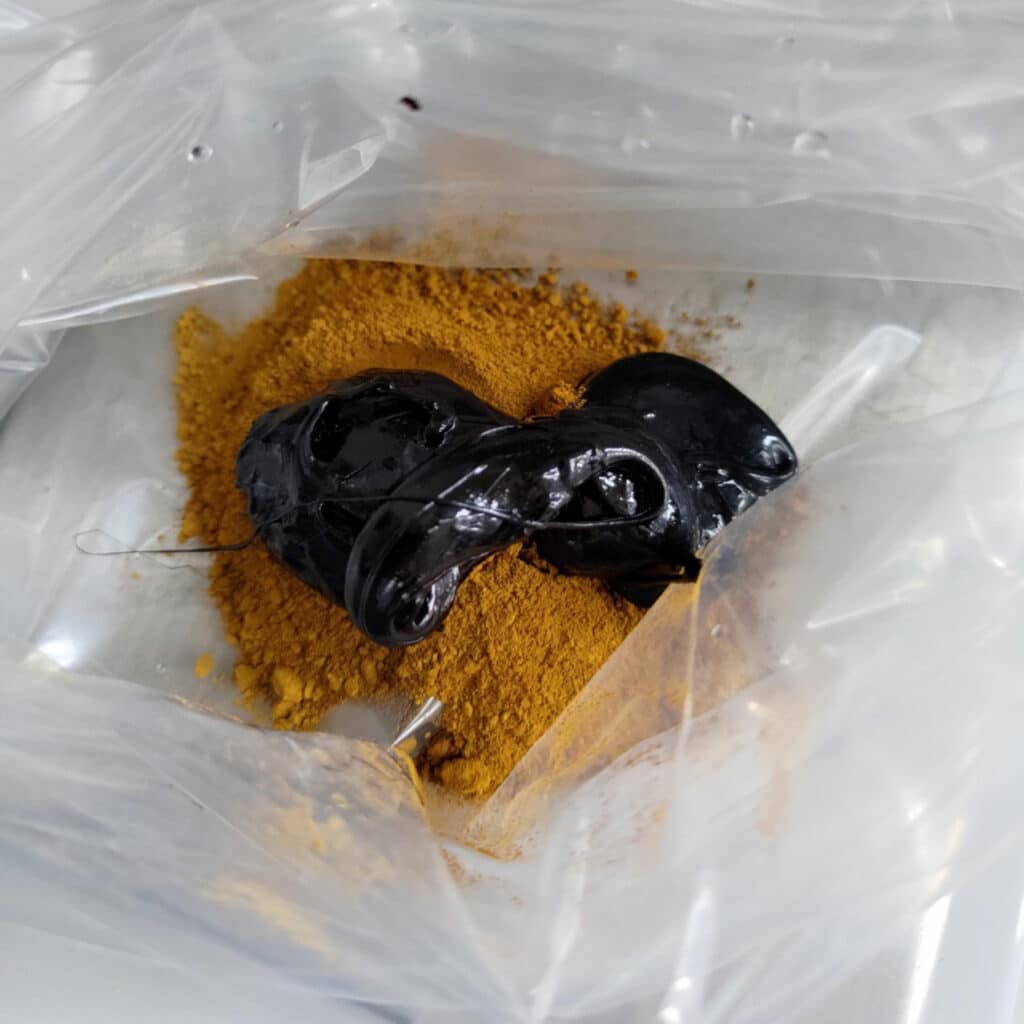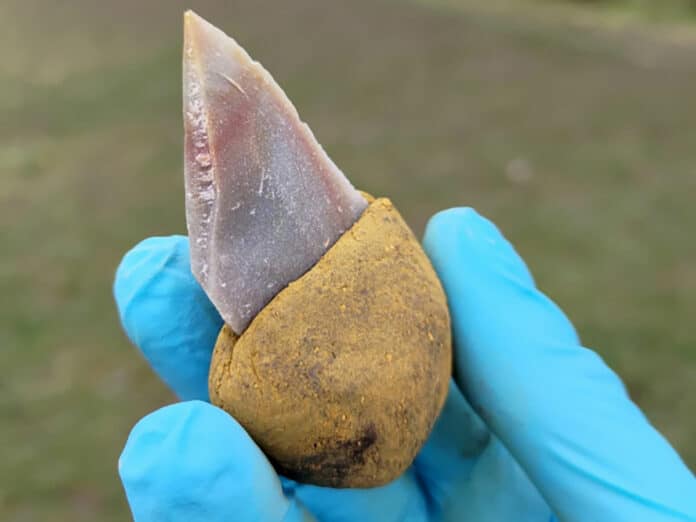The hafting of stone tools was a pivotal advancement in the technological evolution of Paleolithic humans. By attaching a handle to a knife or scraper and affixing a sharp point to a wooden shaft, stone tools became more efficient and easier to wield. Adhesives played a crucial role in this technological advancement because, in certain cases, Stone Age foragers employed intricate production techniques to create them.
Recently, scientists discovered that Neanderthals crafted stone tools held together by a multi-component adhesive. These findings represent the earliest evidence of such complex adhesives in Europe and indicate that Neanderthals had a higher level of cognition and cultural development than previously thought.
An international team of researchers re-examined previous finds from Le Moustier, an archaeological site in France that was discovered in the early 20th century. Neanderthals used the stone tools from Le Moustier during the Middle Palaeolithic period of the Mousterian between 120,000 and 40,000 years ago.
These tools were kept in the collection of Berlin’s Museum of Prehistory and Early History and had not been examined in detail before. These tools were rediscovered during an internal review of the collection, and their scientific value was recognized.
“These astonishingly well-preserved tools showcase a technical solution broadly similar to examples of tools made by early modern humans in Africa, but the exact recipe reflects a Neanderthal’ spin,’ which is the production of grips for handheld tools,” says Radu Iovita, an associate professor at NYU‘s Center for the Study of Human Origins.
The tools had been individually wrapped and untouched since the 1960s to preserve the organic substances in the old glue. Researchers have found traces of ochre and bitumen on several scrapers, flakes, and blades. Ochre is a naturally occurring earth pigment that can be pale yellow, red, brown, and violet, while bitumen is a component of asphalt that can be made from crude oil.
The authors of the study suggest that collecting these materials from distant locations would have required a lot of time, effort, planning, and a targeted approach.

“We were surprised that the ochre content was more than 50 percent,” says Schmidt. “This is because air-dried bitumen can be used unaltered as an adhesive but loses its adhesive properties when such large proportions of ochre are added.”
Researchers examined these materials in tensile tests in order to determine their strength and other properties. According to Schmidt, the use of liquid bitumen was not ideal for gluing purposes. However, when 55 percent ochre was added to the mixture, it formed a malleable mass that was just sticky enough for a stone tool to remain stuck in it without adhering to hands, thus making it suitable for use as a handle material.
In a microscopic examination of the use-wear traces on these stone tools, it was discovered that the adhesives were, in fact, used to connect the tool to a handle.
“The tools showed two kinds of microscopic wear: one is the typical polish on the sharp edges that are generally caused by working other materials,” explains Iovita, who conducted this analysis. “The other is a bright polish distributed all over the presumed handheld part, but not elsewhere, which we interpreted as the results of abrasion from the ochre due to movement of the tool within the grip.”
Previously, using adhesives with several components, including various sticky substances such as tree resins and ochre, was known from early modern humans, Homo sapiens, in Africa, but not from earlier Neanderthals in Europe.
The development of adhesives and their use in the manufacture of tools is considered to be some of the best material evidence of the cultural evolution and cognitive abilities of early humans.
“Compound adhesives are considered to be among the first expressions of the modern cognitive processes that are still active today,” says Schmidt.
What our study shows is that early Homo sapiens in Africa and Neanderthals in Europe had similar thought patterns,” adds Schmidt. “Their adhesive technologies have the same significance for our understanding of human evolution.”
Journal reference:
- Patrick Schmidt, Radu Iovita, Armelle Charrié-Duhaut, Gunther Möller, Abay Namen, Ewa Dutkiewicz. Ochre-based compound adhesives at the Mousterian type-site document complex cognition and high investment. Science Advances, 2024; DOI: 10.1126/sciadv.adl0822
